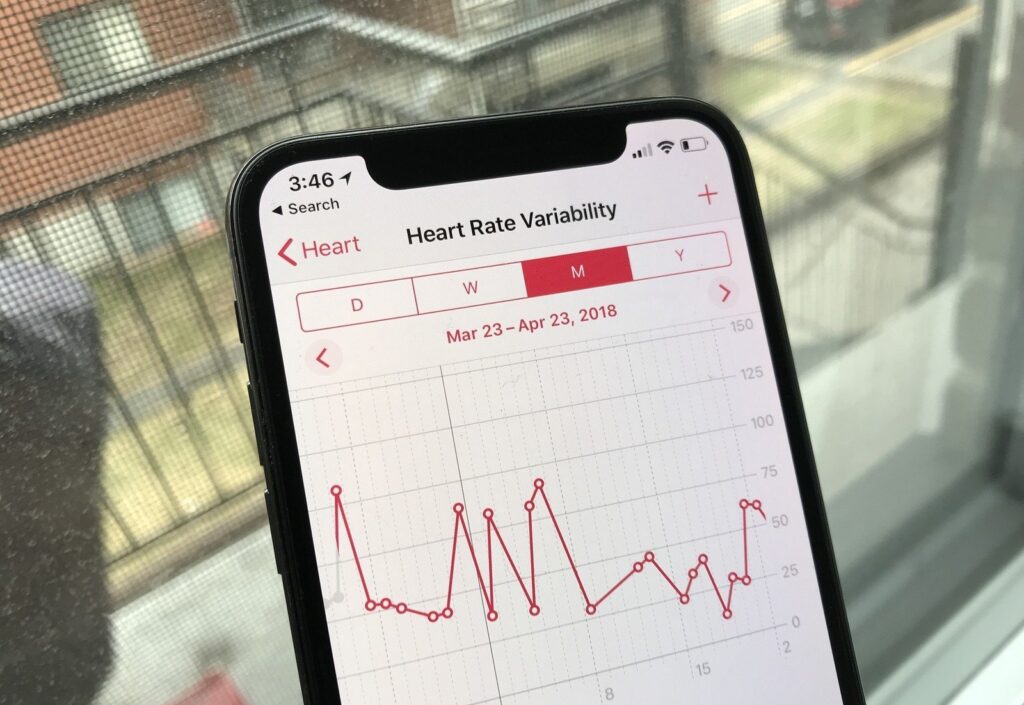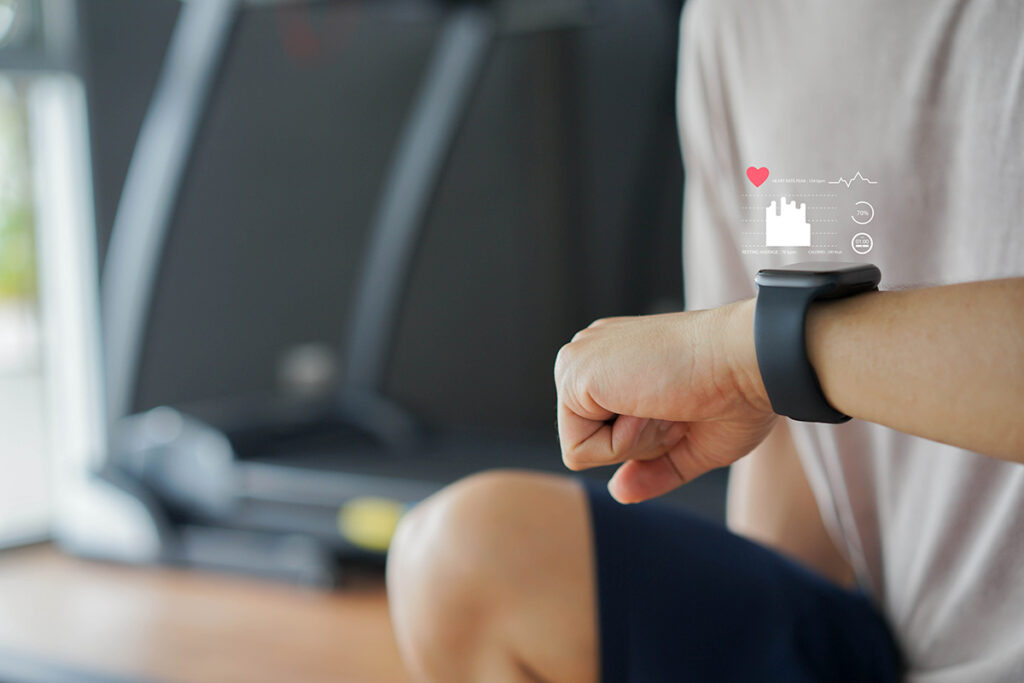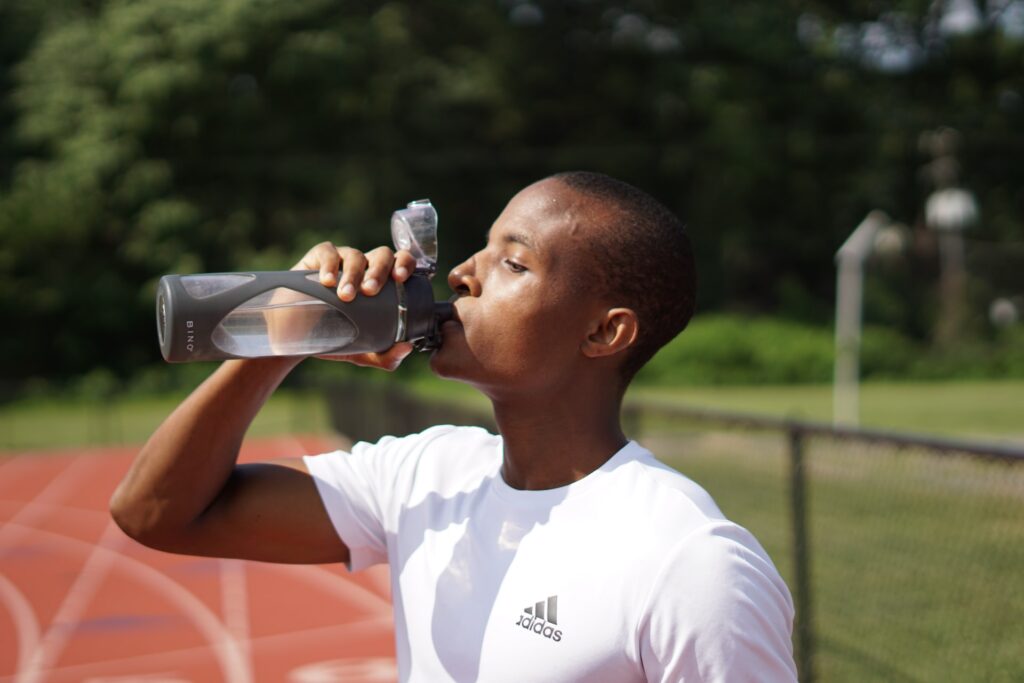In today’s world of technology and the Internet, it’s relatively simple for us to find, download, and use a wide range of health apps, including one that’ll allow us to calculate and see whether or not our Heart Rate Variability – or simply said, HRV – is high or low. But, for people that have just started examining their metrics, the entire process and results might be a bit confusing.
If you’re one of those people who just started using such health apps, don’t worry about being confused, all people are when they first start out! To make it easier for you to understand the results you receive, here is a list of things that you should know about your heart rate variability readings:
HRV: Explained

Before we look at some other information that might interest you, you might be wondering what does HRV means. For starters, you have to remember that it’s different from the heart rate you have, which will tell you the number your heart pounds in a minute, instead, your HRV will tell you the period between every beat. It is calculated in milliseconds and they could easily vary since they are influenced by a wide range of factors.
For example, the time between the pounds will be long when you exhale, while they’ll be short when you inhale. Hence, even if your HR is approximately 60 a minute, the time between them isn’t usually one second. Some of the factors that could impact your readings are your hormones, metabolism, exercise extent, chronic illnesses, stress, your age & gender, sleep intervals & quality, as well as genetics, and diet. Here are some FAQs about HRV:
1. Is There an Average Reading People Receive?

As we’ve previously mentioned, an HRV can easily vary and rely on a wide range of elements, which means that it’s quite difficult and daunting to compare your results to ones another individual receives – and it’s also not advised. This is why it’s always reasonable to estimate and monitor the data by yourself, which you can do by using apps such as Welltory that are available on both the Google Play Store and App Store.
Nonetheless, high HRV metrics are an indicator that your heart is working as it should be, that it could easily adjust to both stress and external factors, and it’s generally received by individuals that frequently exercise and work out. Now, you should know, this particular reading can be sensitive. What does this mean? Well, it basically means that it doesn’t have to be constant and that it can vary from one reading to the next.
Generally speaking, people that are younger and that are physically active tend to get a higher reading than older individuals. Additionally, it’s also worth mentioning that males frequently receive a higher reading than females. Additionally, professional athletes will always have a higher reading than all the categories mentioned above, thus, if you’re a professional athlete, expect the reading to be high at all times.
2. Is a Low HRV Reading Necessarily Bad And What Should I Know?

To answer this question right away, no, it doesn’t have to mean that it’s bad, especially since your overall health, happiness, and lifestyle can all influence the readings you receive. Of course, tracking the metrics you receive will provide you with beneficial data, including the fact that you can learn whether you need to exercise more or eat better, and the metrics will also help you understand how external elements can have a damaging effect on your body.
A lack of slumber, a bad diet, and a chronic illness can all compel your HRV readings to be lower. By constantly measuring and monitoring it, you’ll be capable of making adjustments that’ll assist you with taking care of these problems, meaning that you could easily ensure that your health doesn’t decline. But, measuring and monitoring the results you get could help you with other things as well, especially if you exercise frequently.
For example, if you run, cycle, or attend fitness sessions often, HRV could assist you with tracking your performance. This means that you could learn how relaxed you are before exercising again, but more importantly, you’ll learn whether or not your body and organs can tolerate another extensive and hard workout session. Hence, if you relax and recover after every session, you’ll probably see that your HRV results are increasing, resulting in a high heart rate variability reading.
3. Can I Do Something in Order to Enhance it?

Yes! As mentioned, by monitoring the metrics you get, you’ll learn more about your body, thus, it’ll be quite possible for you to enhance your HRV. For example, if you train too hard, your body will feel overwhelmed, and looking at your results will tell you that it might be best if you take a few days off in order to recover your body. Drinking lots of water is also something that could help, mostly because your blood will be delivering more oxygen to your blood.
Eating properly and implementing a healthy diet will also impact the metrics you have. For instance, if you’ve spent three days partying, drinking alcoholic beverages, and eating less, your HRV will be low. Lastly, you need to make sure that you’re consistent, mostly because this will allow you to acclimate to the training sessions. This means that you might want to exercise at the same time every day, implement a slumber plan, and evade things that could and will harm your overall well-being.
Conclusion
Although a lot of people don’t realize it, getting a low HRV reading doesn’t necessarily mean anything bad, it could also mean that you must ensure that you adjust your lifestyle and habits. By doing so, it’s quite possible that you’ll start seeing higher HRV readings each morning.
Since you now know and understand more about HRV, and more importantly, what the results could imply, you shouldn’t waste your free time. Instead, if you haven’t installed an HRV app, you might want to start looking for one that’ll assist you with gaining useful data that you could utilize for improving your general fitness and well-being.








